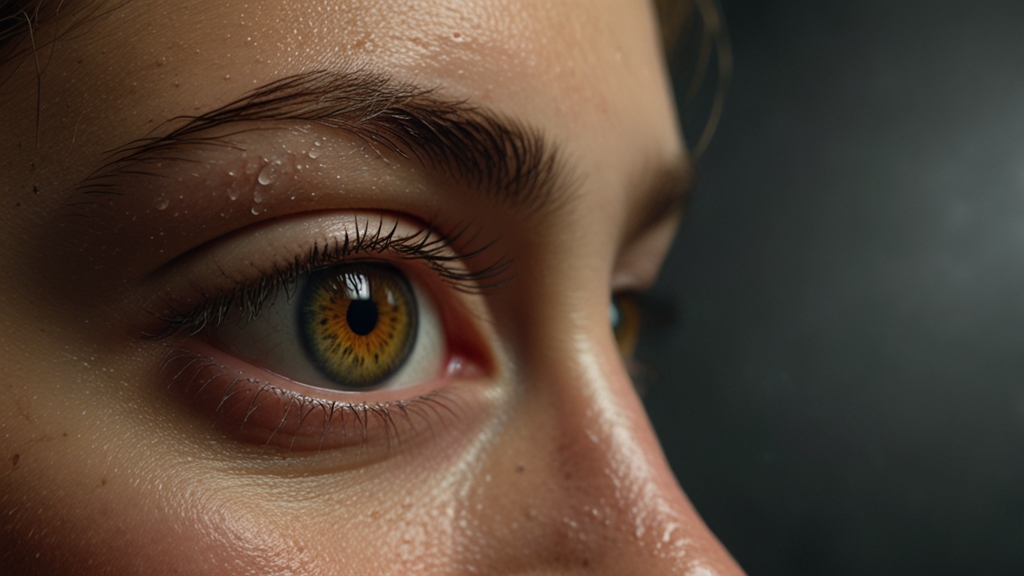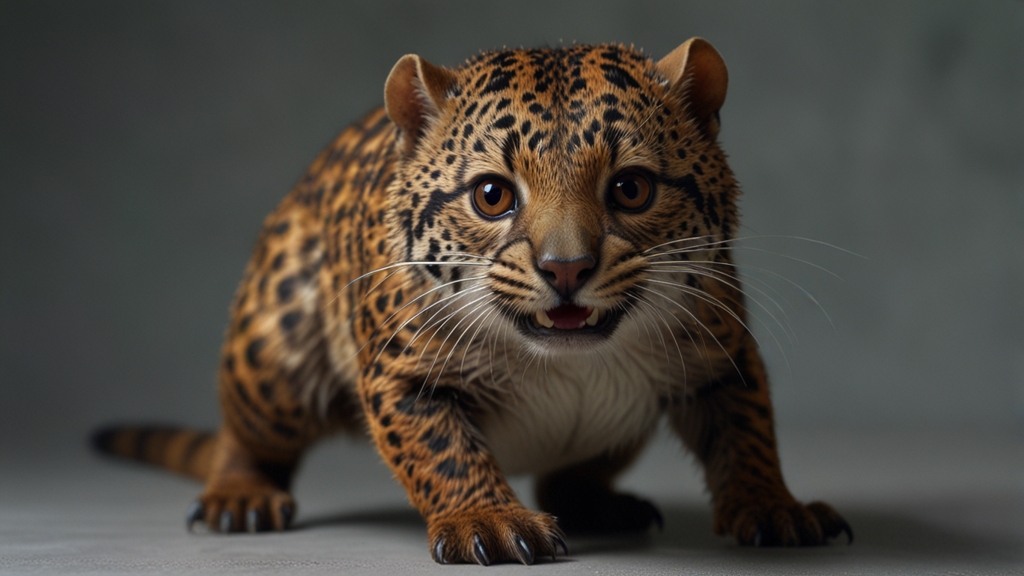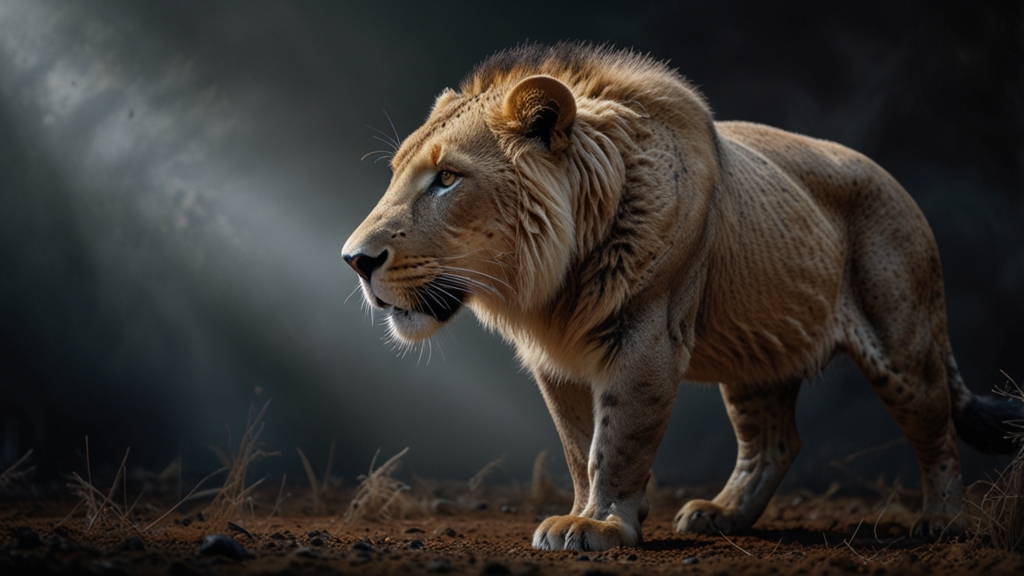Underwater Monsters: The Real-Life Creatures That Inspired Myths
The oceans cover more than 70% of the Earth's surface and are home to a vast array of mysterious and fascinating creatures. Over centuries, sailors and explorers have encountered strange beings in the depths, often giving rise to fantastic myths and legends. While some of these stories were fabricated or exaggerated, many were inspired by real creatures that inhabit the underwater world. In this article, we will delve into some of the real-life animals that have inspired enduring myths of underwater monsters.
The Kraken: From Giant Squid to Legend
One of the most famous sea monsters in mythology is the Kraken, a colossal beast said to dwell off the coasts of Norway and Greenland. Described as a massive, tentacled creature, the Kraken was known to drag entire ships and their crews down to a watery grave. This terrifying legend grew from maritime tales dating back to the 13th century.
"The Kraken, a beast of such enormous size and power, would break the surface of the sea, causing whirlpools and dragging down ships," wrote Erik Pontoppidan, an 18th-century bishop and the earliest writer to describe the creature in detail.
The real creature behind the Kraken myth is the giant squid. These elusive cephalopods, which can grow up to 43 feet in length, were rarely seen alive and only discovered through dead specimens washed ashore or found in the stomachs of sperm whales. The sight of such enormous creatures, with their long tentacles and massive eyes (up to a foot in diameter), undoubtedly fueled sailors' imaginations. While the giant squid poses no threat to ships, its imposing appearance and rarity contributed to the lasting legend of the Kraken.
Mermaids and Dugongs: A Case of Mistaken Identity
The enchanting yet perilous figure of the mermaid has been a part of folklore for millennia. Described as beautiful maidens with the tails of fish, mermaids were said to lure sailors to their doom with their enchanting songs. One famous account comes from Christopher Columbus, who reported sighting mermaids off the coast of Hispaniola in 1493.
"The mermaids rose high out of the sea; but they are not so beautiful as they are painted, for their faces had some masculine traits," Columbus wrote in his journal.
It's widely believed that Columbus and other sailors may have mistaken manatees or dugongs for mermaids. These marine mammals have certain human-like features such as forward-facing eyes, paddle-shaped tails, and even the tendency to nurse their young with their flippers, somewhat resembling human mothers nurturing their babies. Seen from a distance and through a lens of human longing and myth, it's easy to understand how these animals could have been mistaken for the legendary mermaids.
The Leviathan: Whales and Sea Serpents
In biblical mythology, the Leviathan is a monstrous sea serpent defeated by God. This creature has been depicted as a giant fish or serpentine dragon, a symbol of chaos and destruction. The story of the Leviathan has parallels in Babylonian and Canaanite mythology, suggesting a deep-seated fear of the unknown oceans and the creatures within.
Many scholars believe the Leviathan myth could have been inspired by large whales. The sight of sperm whales or even the leviathan-like basking shark, with its enormous, gaping mouth, could easily provoke awe and fear. Moreover, fossil records of ancient marine reptiles like the Mosasaurus, a massive predator from the Cretaceous period, could have contributed to tales of gigantic sea serpents.
Conclusion
From the giant squid beneath the Kraken myth to the misunderstood manatees behind mermaid sightings, many extraordinary real-life creatures have inspired some of humanity’s most enduring underwater legends. While modern science has demystified many of these tales, they continue to captivate our imagination, reminding us of the boundless mysteries that lie beneath the ocean's waves. As we continue to explore the depths, who knows what new creatures might inspire the myths of tomorrow?








